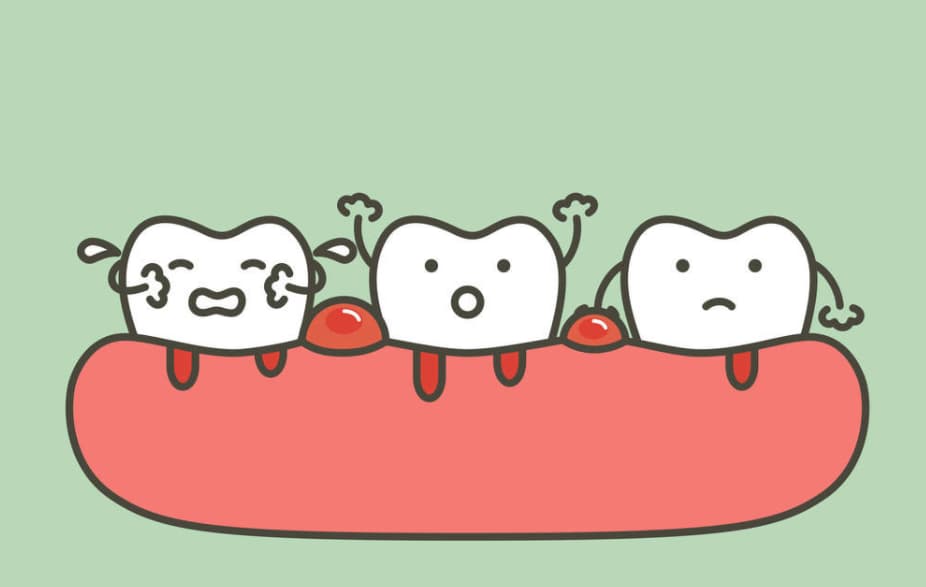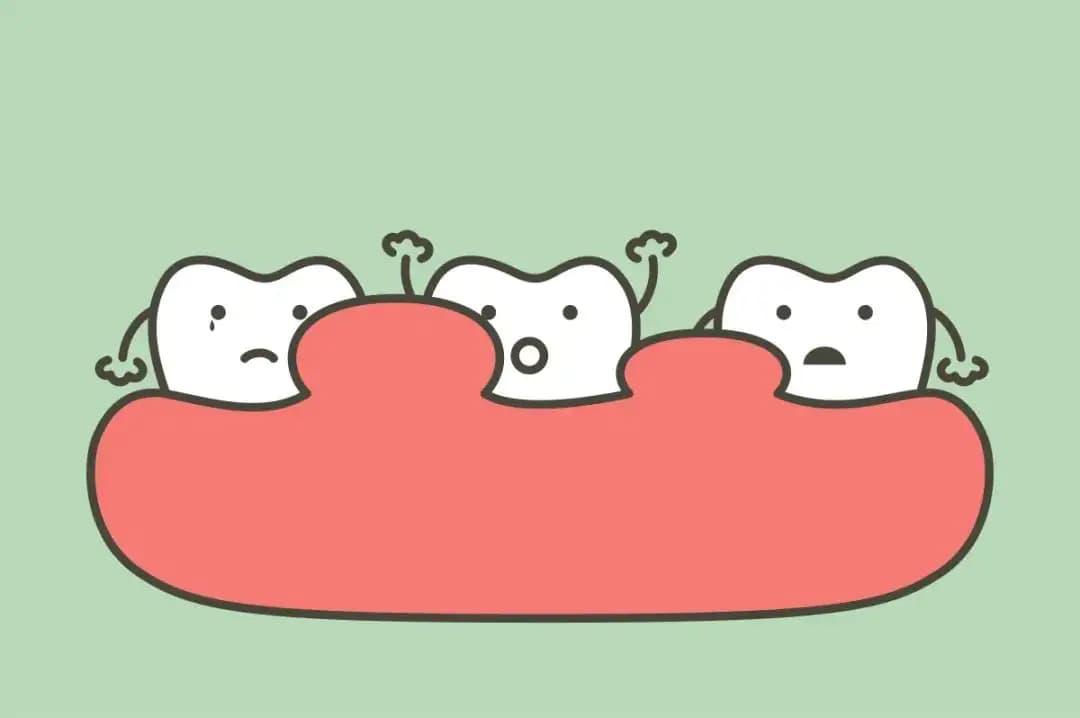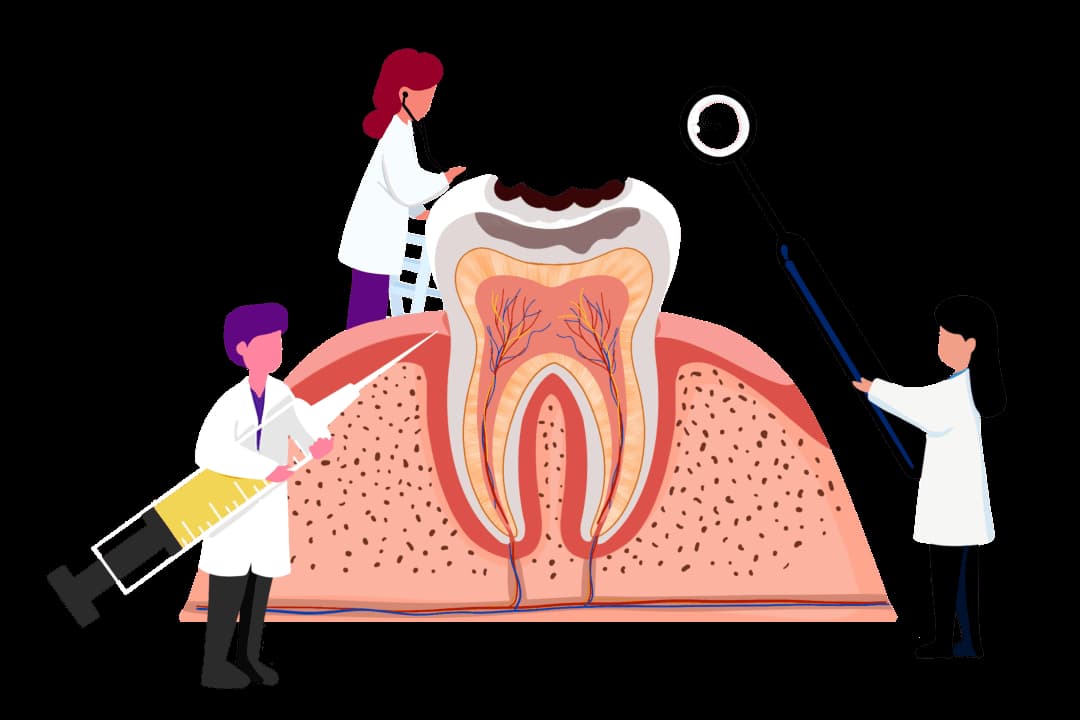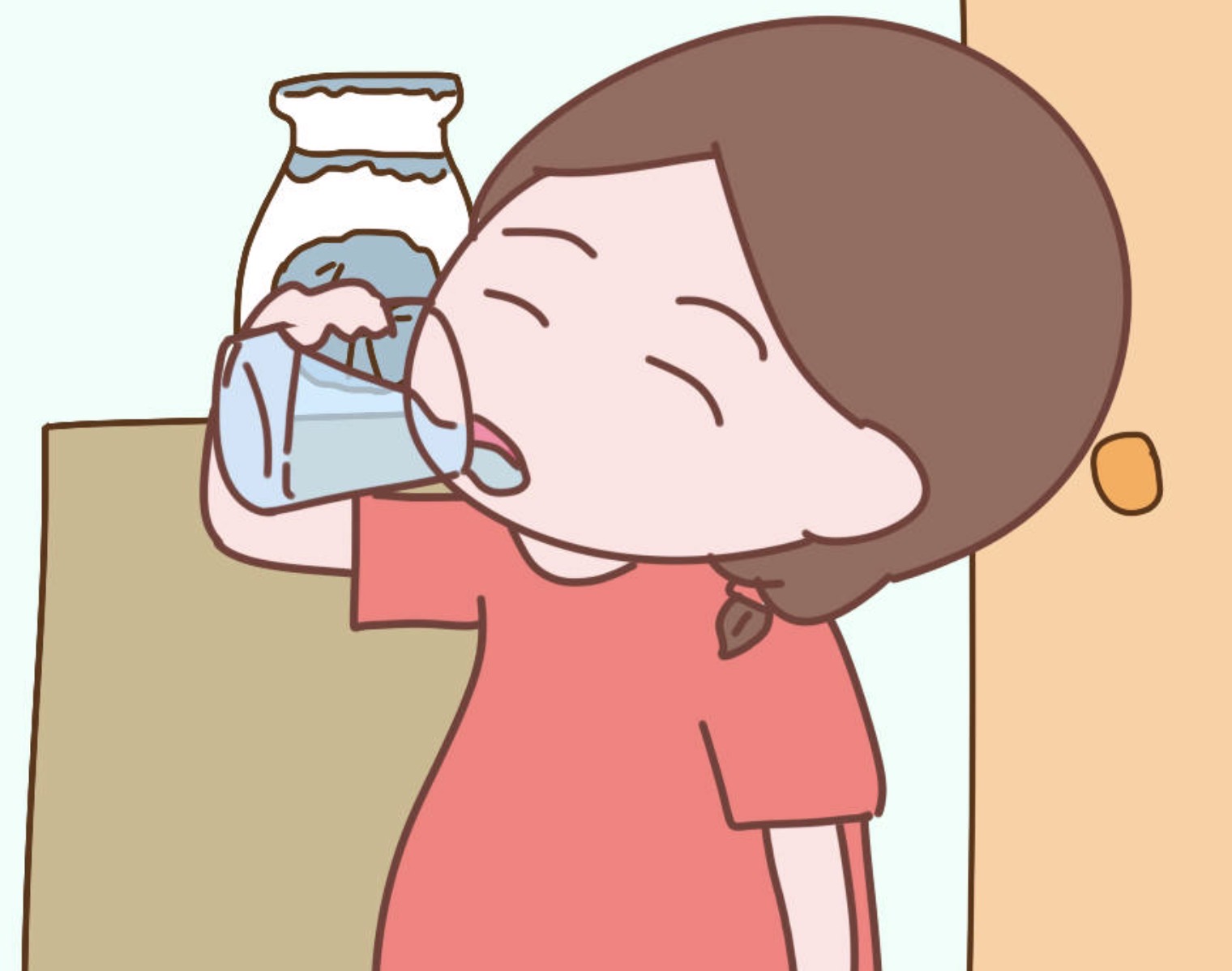Have you ever noticed changes in your teeth as you age? They might appear longer, the gaps between them wider, the roots slightly exposed, or even feel a bit loose. What exactly is happening? Does getting older mean more fragile teeth?
No, these are actually signs of gum recession. If you have experienced any of these symptoms, it's time to pay attention!
1. What is Gum Recession?
Gum recession refers to the shrinking of the gum tissue, causing the roots of the teeth to become gradually exposed. It's important to note that gum recession is irreversible once it occurs. However, it can be controlled through treatment and maintenance to prevent further recession.
So, how can you determine if you have gum recession? It's quite simple – just compare and observe.
Do you have any symptoms of gum recession? If so, it's time to take it seriously!

2. Why Do Teeth Recede?
There are several causes of gum recession, most commonly:
- Physiological Recession:
Indeed, as we age, our gums undergo natural regressive changes. Older adults usually experience varying degrees of gum recession. While this condition does not require treatment, it's important to maintain good oral hygiene practices to protect the teeth and slow down the rate of gum recession.
- Periodontal Disease:
Gum recession is also common in many young individuals due to poor oral hygiene habits, irregular diet, and lifestyle choices. Periodontal disease, caused by plaque and tartar buildup, leads to bacterial growth and accumulation on the gums, continuously irritating them and resulting in gum inflammation and bone loss.
Over time, the teeth become longer, looser, and may eventually fall out.
- Mechanical Friction:
Some individuals unknowingly contribute to gum recession by using excessively hard toothbrushes or applying excessive force while brushing. This can cause adverse stimulation to the gums, significantly increasing the risk of gum recession. However, this typically occurs only in specific teeth rather than the entire oral cavity.
- Malpositioned Teeth:
Misaligned or improperly positioned teeth can prevent certain teeth from participating in normal chewing functions. As a result, the gums lack functional stimulation, leading to long-term recession. Additionally, misaligned teeth make it difficult to clean specific areas of the mouth, exacerbating gum inflammation and recession.

3. Gum Recession is Irreversible, Focus on Prevention
Gum recession is irreversible, making prevention crucial. Here are some preventive measures:
- Regular Oral Care:
Maintaining clean teeth is the most effective way to prevent gum recession. Regular dental cleanings, along with the use of dental floss to clean between teeth, can effectively prevent gum inflammation. Patients with existing periodontal disease should seek timely professional treatment.
- Proper Brushing Technique:
Brushing at least three times a day using a soft-bristled toothbrush and fluoride toothpaste is recommended. Vertical brushing or short horizontal movements, combined with the use of interdental brushes and dental floss, helps clean areas that a regular toothbrush cannot reach. Avoid prolonged use of toothpicks to prevent gum damage.
- Dietary and Oral Habits:
Avoid consuming extremely hot or cold foods to prevent gum irritation. Rinse your mouth after meals to maintain oral cleanliness. If you notice any individual tooth becoming loose, promptly seek a dental examination and treatment.
In summary, preventing gum recession requires long-term maintenance and attention. Developing good oral hygiene habits, regular dental check-ups, and addressing oral issues promptly are key to preventing gum recession.




